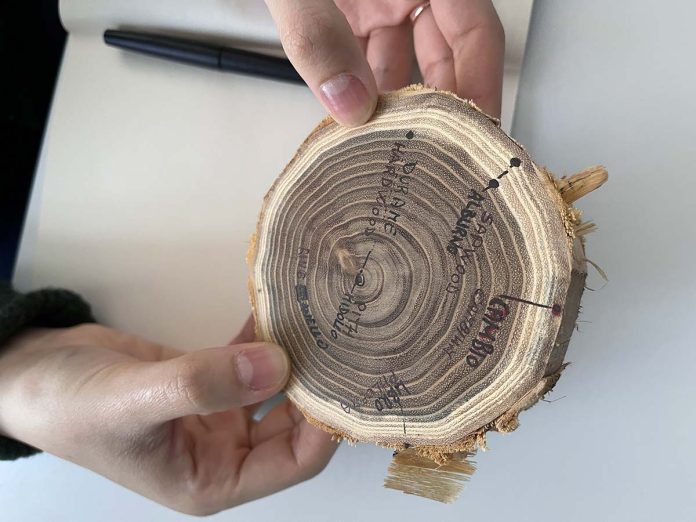In recent years we have heard a lot about sensorial experience connected to interior design. Products with a material quality capable of conveying three-dimensional force, natural raw materials that impact sight and touch with effects of wellbeing directly linked to their origins. These are the main trends in play within the stylistic directions of design, especially over the last two years. The reasoning is closely connected to the experience of the pandemic and the desire to feel authentic, stimulating emotions inside our homes, which have become intimate, comforting refuges in which to rediscover ourselves.
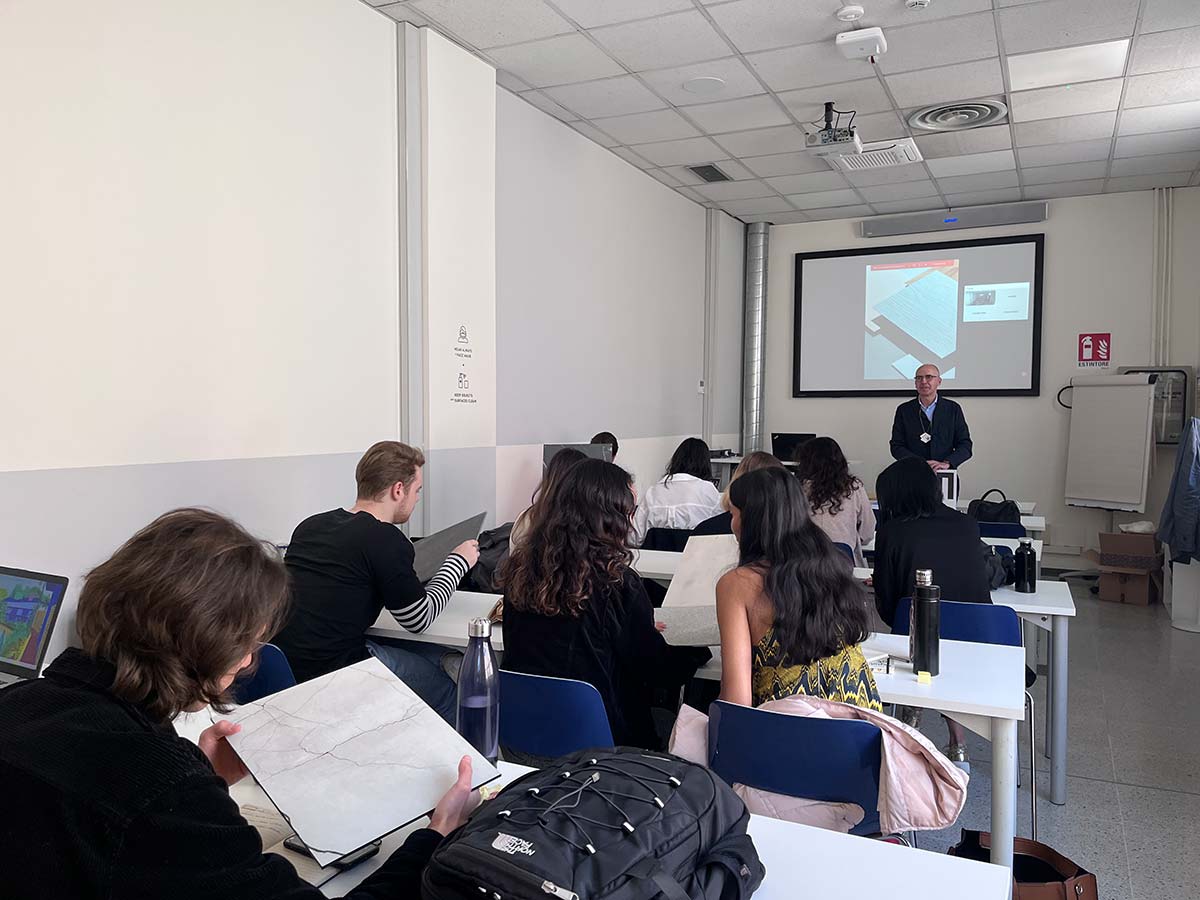
To make these insights official, and to ratify their design value, the Milan Polytechnic has grasped the necessity of outlining a widespread trend in a context of research and education. The result is the Master in “Sensorial Surface Design – Color, Material and Finish design for interiors and furniture,” under the aegis of POLI.design and organized in collaboration with Assopannelli of FederlegnoArredo.
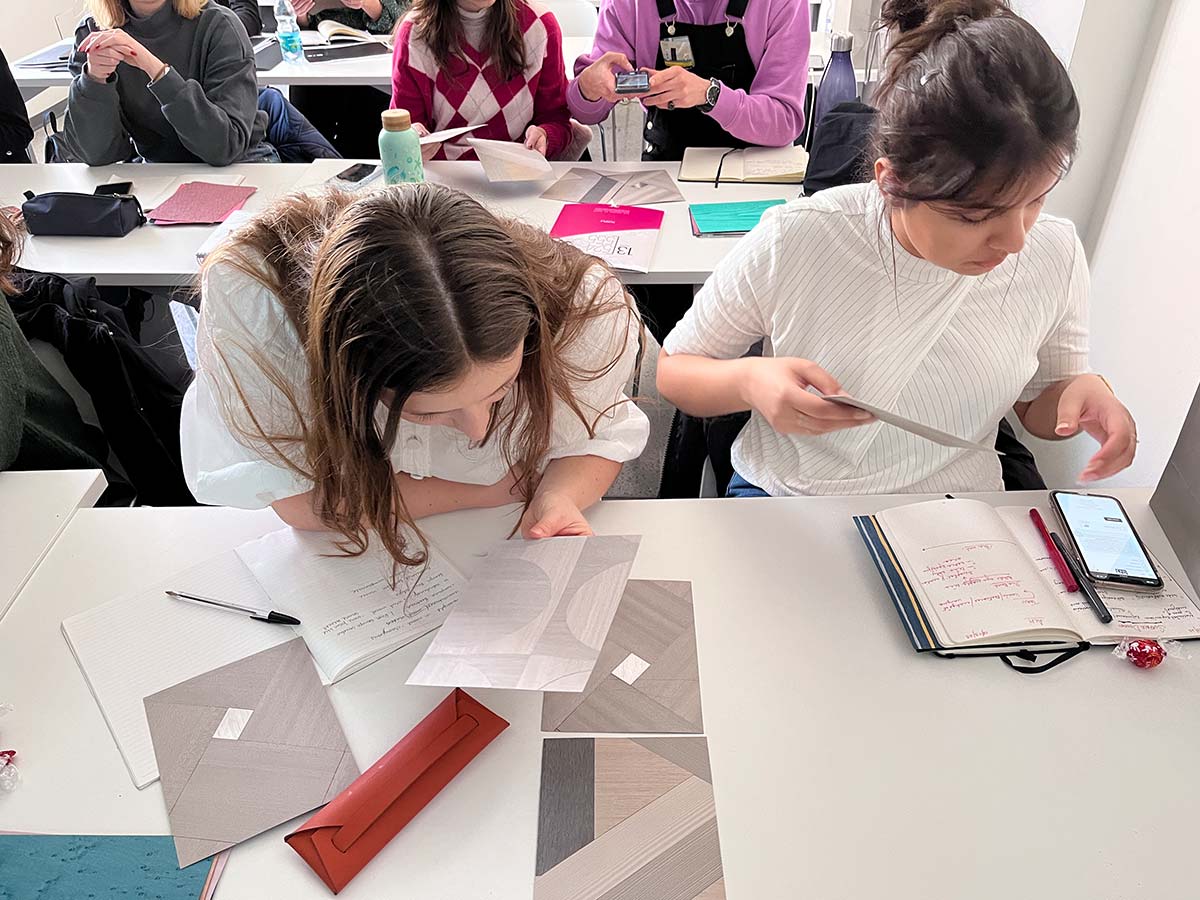
The objective of the master program – for graduate students in design, engineering and architecture – is to train professionals capable of designing and managing the perceptive, sensorial, emotional and functional implications of surfaces, with particular reference to the field of interiors and furnishings, as well as experts of CMF design (an acronym for Colors, Materials, Finishes), capable of analyzing trends and transformations, to respond to the new needs of production sectors and markets.
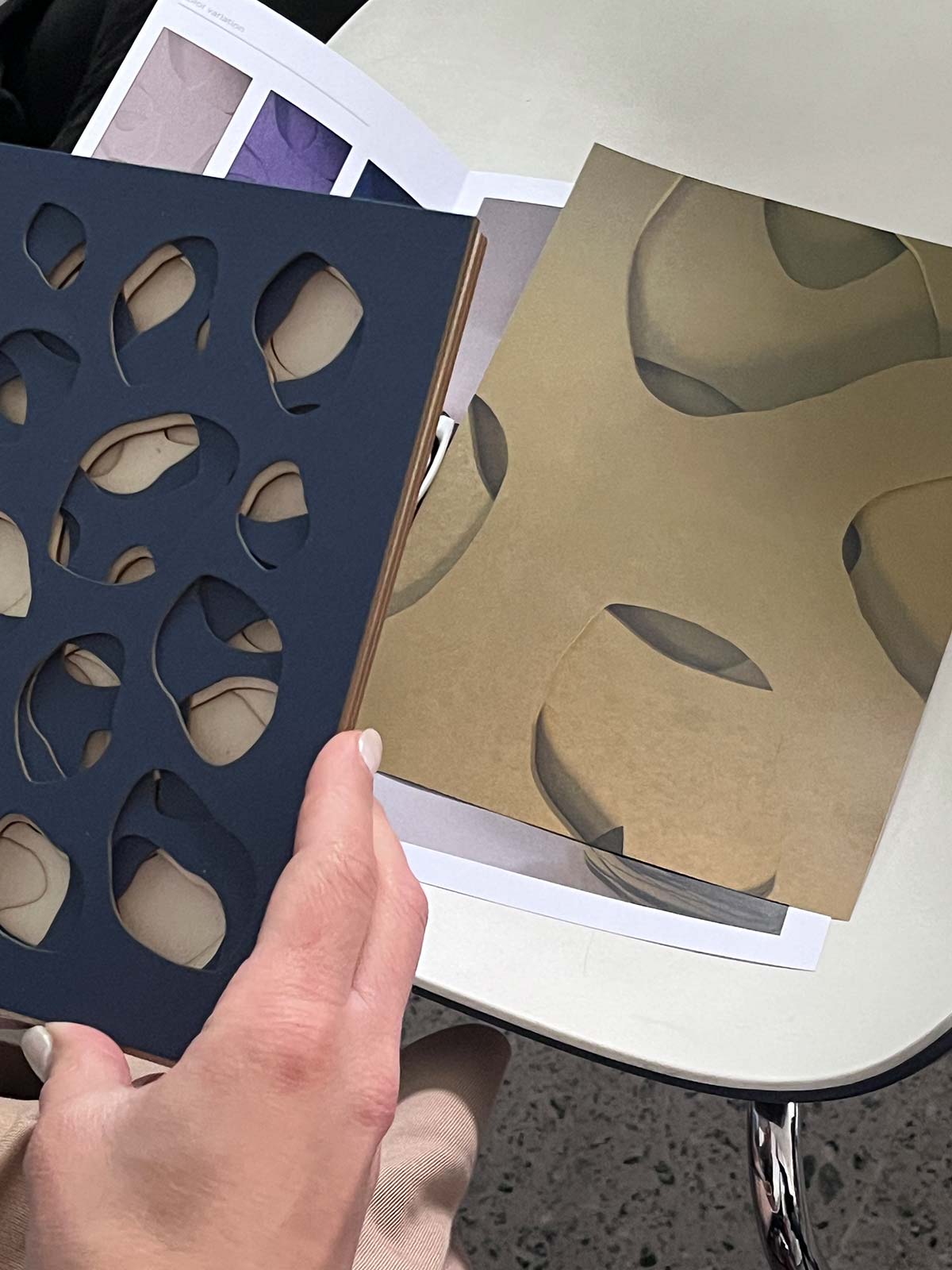

The course of study thus focuses on the more “abstract” and intangible aspects of the subject, which determine a true relationship between user and product, along with theoretical and technical aspects. This is also done in collaboration with companies and institutions: besides the presence of Assopanelli – Federlegno, the technical partners of the Master program include companies like Abet Laminati, ALPI, Fantoni, Saib, Gruppo Mario Saviola, Tabu, Lanta, Cleaf. The teaching (in English) combines theoretical lectures, in-depth technical studies and encounters, correlated with practical activities and workshops.
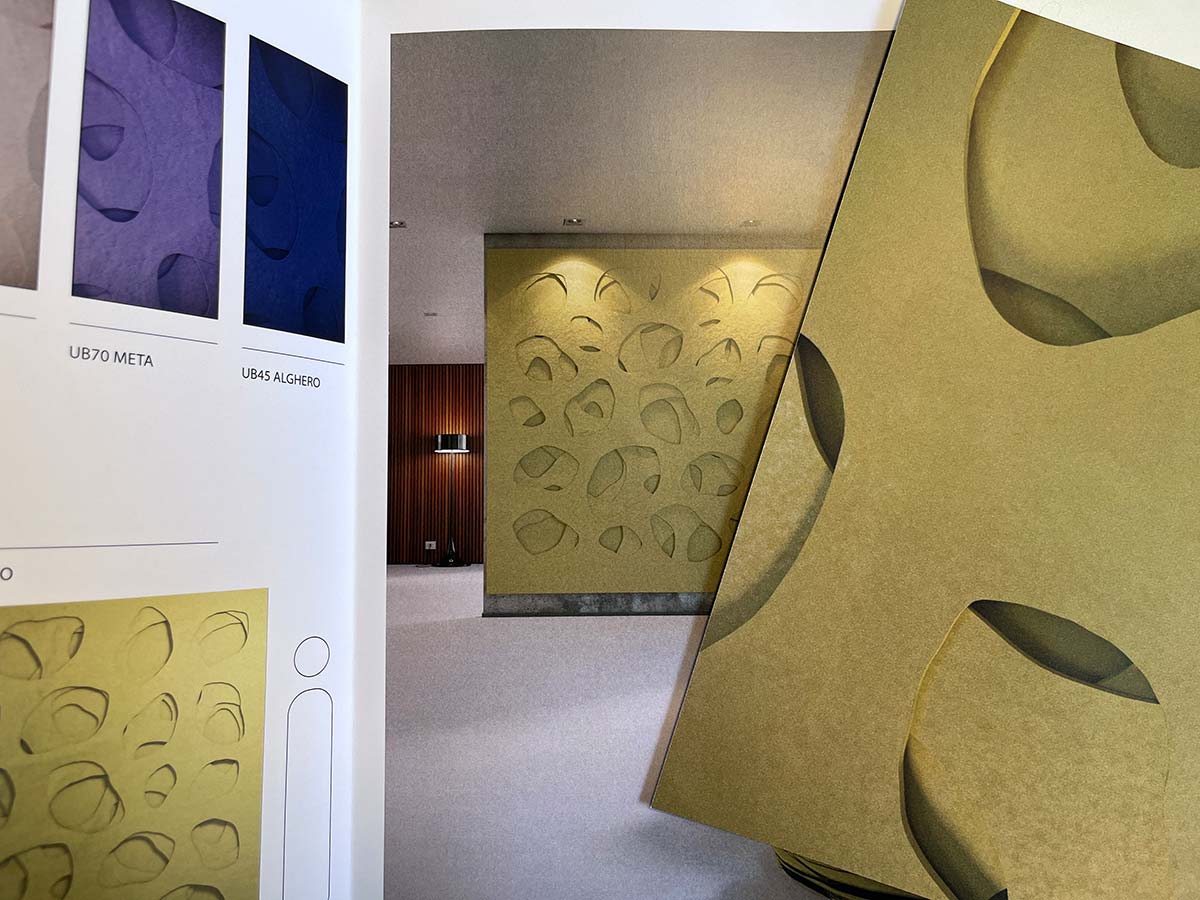
The direction has been assigned to Mario Bisson, an associate professor in the Department of Design of the Milan Polytechnic, Director of the Color Lab of the Department of Design, promotor and co-founder of the EDME Interdepartmental Workshop of the Milan Polytechnic, and Cristina Boeri, architect, PhD, professor of Color and Perception in the School of Design of the Milan Polytechnic, one of the founders and current president of the Color Placemaking association.
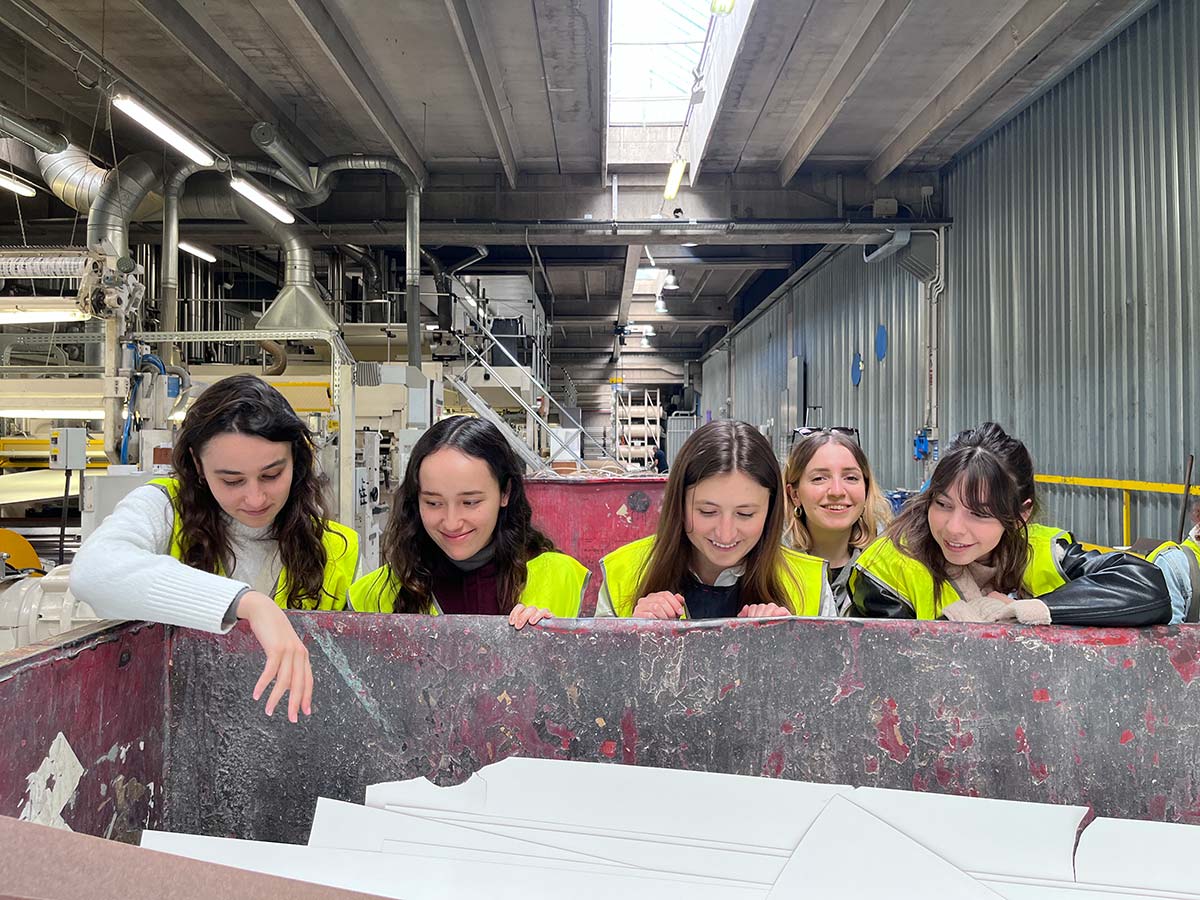
“The master program responds to the growing demand on the part of companies and the market for professional figures capable of operating on perceptive, sensorial and emotional aspects of design – says Mario Bisson. – The component of perception is what the artifact has as a tool to interact with the world of human senses. Companies in recent years see this component as an essential parameter for the success of products on the market.”
Photo © courtesy of FederlegnoArredo / POLI.design

